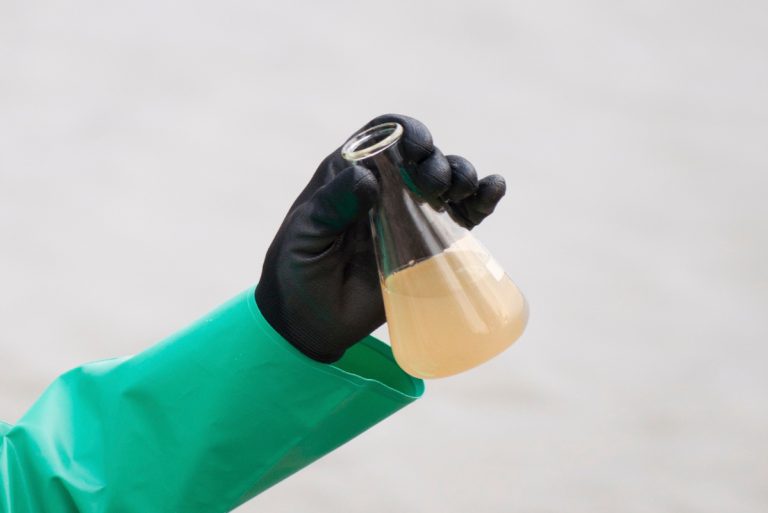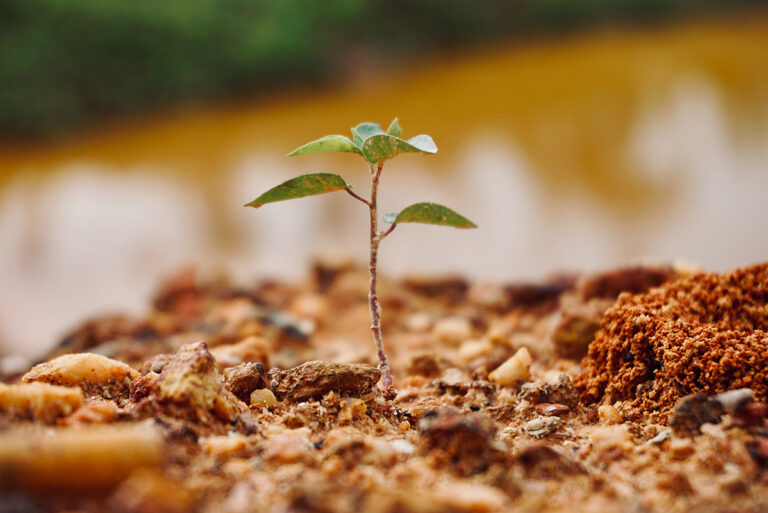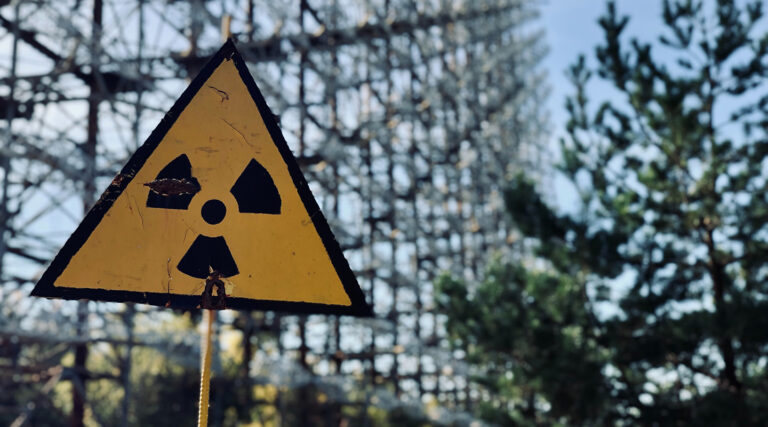Today, over 2 billion people live in water-stressed countries. This number is expected to go up as the effects of climate change and population growth stretch vital resources such as safe, uncontaminated drinking water.
In countries where clean water is rare or not available, individuals are exposed to many health risks. But what contaminates water supplies?
Pollution is the main culprit of many of the water-borne diseases that cause health problems and death in many individuals around the world. These diseases caused by water pollution are commonly due to a few different contaminants.
In this article, we’ll define the most common diseases caused by water pollution, where they come from, and who is most impacted by these issues.
What are the common diseases caused by water pollution?
Water pollution involves the contamination of surface waters and/or groundwater, which can cause a series of diseases referred to as water pollution diseases.
Between 2009 and 2010, the U.S. Centers for Disease Control and Prevention (CDC) counted 81 disease outbreaks in the United States and Puerto Rico tied to recreational waters. Many of these outbreaks occurred in treated water sources, such as pools and waterparks, but some occurred in natural settings like rivers and beaches.
In addition to these recreational waters, the pollution of our water streams may have long-term effects by reducing the drinkable water reserves of our planet, such as groundwater.
Water is most commonly polluted by two main categories of pollutants that are either dissolved or suspended in water: living organisms like pathogens and algae and chemicals.
What causes water pollution?
While it’s true that most waters are polluted by either chemicals or living organisms, there are some important details to understand about these two groups.
Chemicals
Natural or man-made chemicals often make their way into a body of water by being either dissolved or dispersed in the water. These can reach dangerous concentrations that raise serious health concerns.

It’s important to note that, like air pollution, the presence of chemical pollutants in water is not always obvious and often cannot be detected by our senses.
Common problematic chemicals that make their way into water supplies include pesticides, chlorinated solvents, petroleum chemicals, mercury, PCBs, dioxins, and other persistent organic pollutants.
Living organisms
Living organisms can also pollute waters. However, when these living organisms are naturally occurring, they do not typically cause diseases. Only when diseases are induced by human activity are they related to pollution.
Pathogens include a variety of living organisms, usually from animal waste, such as various species of viruses, bacteria, fungi, and intestinal worms.

Source: National Institute of Environmental Health Sciences
Some types of algae are toxic and may overgrow due to the presence of nitrates and phosphates in runoff water, especially agricultural runoff. Their toxins may affect the food chain, including fish and birds, and ultimately humans.
How are waters polluted?
Now that we know that water pollution is primarily caused by chemicals and living organisms, it’s important to know the most common ways that water is typically polluted with these substances:
- Waste disposal can pollute waters, whether it be directly disposing of waste into water streams or onto the soil from which contaminants may leak into the groundwater below.
- Urban and agricultural runoff, in which chemicals and bacteria from highly populated areas can make their way into soil and waters.
- Animal waste can also add dangerous pathogens to water, usually microbial groups, viruses, and intestinal parasites.
- Water can get polluted with air contaminants that reach the land and water through acid rain. During precipitation, air pollutants may get dissolved in the water drops and, as a result, they may acidify the water – which is why polluted rainwater is referred to as “acid rain”.

Water pollution is, like most forms of pollution, almost always caused by human activity. It’s important to understand your role in going green, disposing of waste properly, and reducing your carbon footprint in order to help curb the effects of diseases caused by water pollution.
While the most common diseases affect the digestive system or cause human infectious diseases, water pollution may cause a large variety of health issues. Let’s dive into the most common diseases caused by pollutants like chemicals and living organisms.
Diseases caused by water-borne pathogens
Water-borne pathogens, usually microorganisms from animal fecal origins, cause infectious diseases that can be incredibly damaging. While these diseases most often occur in developing countries, they still pose a risk to most people.
The following diseases are some of the most common infections that can be caused by ingesting water that is contaminated with water-born pathogens:
- Typhoid is caused by bacteria and the main symptoms usually consist of high fevers, weakness, stomach pain, headache, and loss of appetite. Some people also experience a rash of flat, rose-colored spots, according to the CDC.
- Amoebiasis, or amoebic dysentery, is most common in tropical areas with untreated water. It often spreads through drinking contaminated water or eating uncooked food, such as fruit, that may have been washed in contaminated local water. Symptoms are usually mild and include cramping and diarrhea.
- Hookworm is a parasitic worm that lives in the small intestine. Most people that are infected with hookworms have no symptoms, and if they do they are often mild gastrointestinal symptoms.
- Cholera is a common intestinal tract infection caused by the strains of the bacterium vibrio cholera. The symptoms of this disease include severe diarrhea, which results in dehydration.

Where do these microorganisms come from? Some studies conclude that they are transmitted from human sewage contamination from nearby treatment plants, but this pollution can be transported by heavy rainfall, storm surges, and melting snow as well. Wild animal droppings in a given area can also be transported as well.
In the case of parasitic worms like hookworm, the CDC notes that individuals can contract worms through walking barefoot on the ground, where infected worms have usually been deposited in water or nearby soil.
Diseases caused by polluted beach water
Most of us know that the pollution in the ocean has reached increasingly high levels. However, this pollution does not only consist of plastic straws and soda cans – beachgoers can’t see most of it while enjoying a day of swimming.

There are several common diseases caused by water pollution at the beach. These are typically due to polluted runoff from urban areas, and heavy precipitation that increases this runoff and transports polluted water to the shores.
- Gastroenteritis, or stomach flu, is an inflammation of the lining of the stomach and intestines, and the main symptoms include vomiting and diarrhea. While it is usually not serious for most people, it can be highly contagious.
- Hepatitis is a general term for the inflammation of the liver. In the case of polluted beach water, viral hepatitis can be caused by several viruses. Of the 5 types of hepatitis, type A is a food-borne illness and can be spread through contaminated water and unwashed food.
- Respiratory tract infections are infections of parts of the body involved in breathing, such as the sinuses, throat, airways or lungs. Symptoms include runny nose, cough, difficulty breathing, and a high temperature, among others.
Though these most common diseases can range in severity, don’t worry: most of these pathogens are treatable, especially if they are caught early! Rinsing off and washing your hands after leaving the beach with clean water can reduce your chances of infection from contaminated beach water.
Diseases caused by chemical water pollution
Chemicals can enter into drinking water from lakes, rivers, groundwater, or while traveling through the water distribution system to an individual’s home. The most common chemicals that can make their way into drinking water and cause illnesses are:
- Nitrate, which is used in fertilizers and septic systems. High concentrations of nitrate in water can decrease the ability of your blood to carry oxygen to your tissues. Related symptoms can include decreases in blood pressure, increased heart rate, headaches, stomach cramps, and vomiting.
- Arsenic, which is commonly found in natural deposits in the earth or is from industrial and agricultural pollution. Too much arsenic can cause nausea and vomiting, decreased production of red and white blood cells, abnormal heart rhythm, and damage to blood vessels.
- Copper can also come from industrial and agricultural pollution, and can cause symptoms such as nausea, vomiting, and diarrhea when ingested in drinking water.

While most of these chemicals can be tested for and can be removed with treatments, it is not ideal to consume them in large quantities.
Aside from these more common chemicals that pollute drinking water, the World Health Organization (WHO) notes that emerging contaminants such as pharmaceuticals, pesticides, and polyfluoroalkyl substances (PFASs) and microplastics are attracting growing concern as well.
How common are diseases caused by water pollution?
Microbiologically contaminated drinking water is estimated to cause 485,000 diarrheal deaths each year.
However, residents of developing countries are most impacted by water shortages, flooding, and poor water quality that can lead to these life-threatening diseases.
In fact, up to 80% of illnesses in the developing world are linked to inadequate water and sanitation.
Climate change will only exacerbate these effects in certain areas of the world: increased pollution and rising sea levels are contaminating trusted water sources.
In places where unsanitary conditions are prevalent and there is a lack of clean water, patients at healthcare facilities are also more likely to develop an infection.

While the U.S. has one of the safest drinking water supplies in the world, about 7.2 million Americans get sick every year from diseases spread through water. In a 2014 CDC study, 17 water-borne pathogens caused an estimated 7.15 million illnesses, 118,000 hospitalizations, and 6,300 deaths.
Thus, diseases caused by water pollution are common in the U.S. but occur at much higher rates in developing nations, where it can be difficult to maintain uncontaminated water supplies, hygiene, and healthcare facilities.
In general, children, the elderly, and individuals with weakened immune systems are particularly at risk for long-term effects of diseases caused by water pollution.
Final thoughts on diseases caused by water pollution
All in all, diseases caused by water pollution impact millions of people worldwide. With the potential for long-term illness and even death, this pollution must be taken seriously.
The CDC asserts that if you think you or someone you know got sick from water, please report it to your local health department, even if you don’t know what made you sick. Reporting an illness can help public health officials identify a water-borne disease outbreak and keep others from getting sick.












